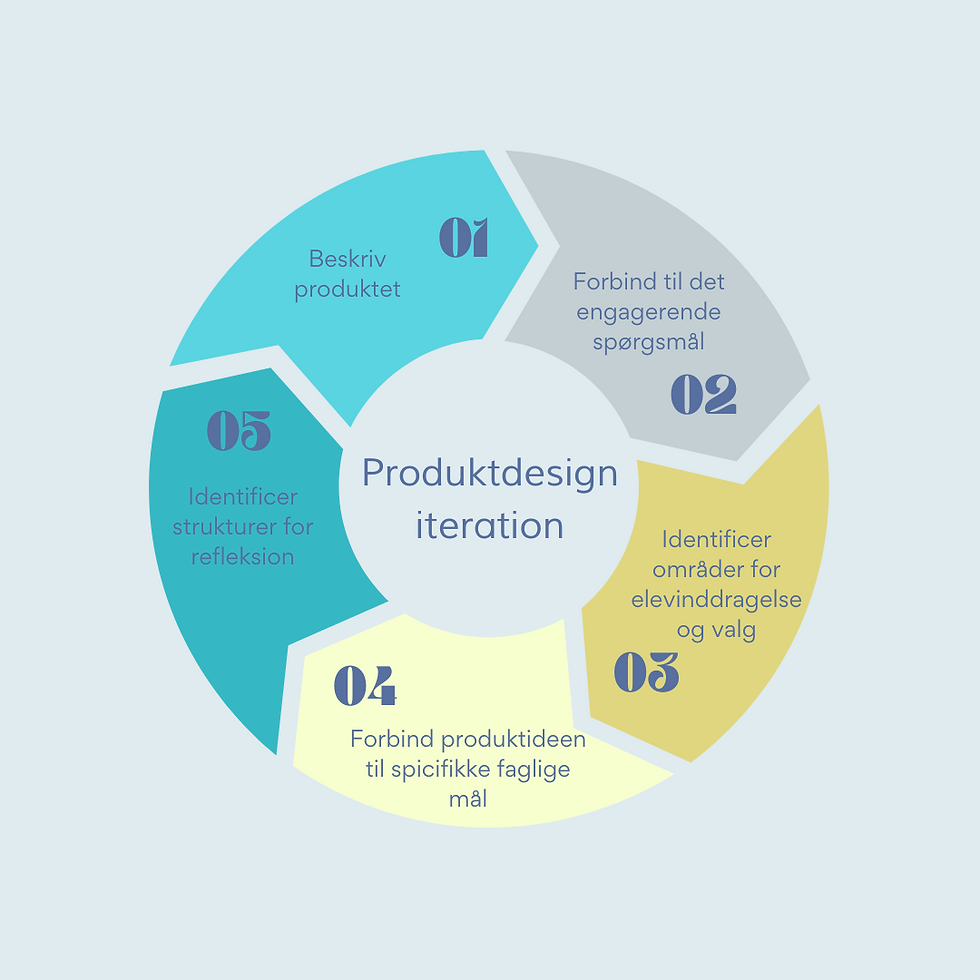Imagine IF we as teachers stopped being the source for ‘right’ answers for students…
- Loni Bergqvist
- 30. apr. 2024
- 2 min læsning

One year while teaching as a math/science teacher at a project-based school in southern California, I gave my students a practice assessment for the upcoming state mathematics exam. At my school we did not put a heavy emphasis on state exams, but the students were still required to take them. I have found that if you give an examination to a kid that takes two days to complete it still affects their sense of themselves as learners of mathematics, regardless of how well I explain that it is not a reflection of their knowledge of this subject. So, I made sure that they were well prepared.
Unfortunately, the lessons leading up to the assessment felt dry and forced. They were inconsistent with what we had been trying to discover all year about what math was and what it meant to do math. We were going through so many topics so quickly it felt like I was feeding them information, recipes to follow, whether they understood them or not. They were at best cooks, not chefs.
I gave the practice exam. Soon after, students were eager ‘see what they got’. They wanted to know their grades and some wanted to see who got the highest score. I was troubled by this because all year we had tried to create an environment around math where the most interesting thing about it was not a score on an exam. So here is what I did:
I refused to grade them. Instead, I broke the class into two smaller groups and I assigned each group a facilitator. “Here are the rules” I said, “today you are going to grade your own papers and I will not give you answers. You will need to decide the correct answer as a group.” I continued with some suggested rules: the facilitator encourages students to put all the possible answers on the board; students decide on the right answer through a process of showing illogical or invalid implementations in all of the others. Our approach was, “ the last problem standing is the best we’ve got.”
After I explained the rules many students asked questions like, “but how will we know if it is right?” And later, when I spoke to colleagues they asked me, “but what if they had the wrong answer?” I shrugged my shoulders to my colleagues, and asked my students what they meant by “the right answer”. There were plenty of different solutions and approaches to the solutions and generally the answers they agreed upon were ‘correct’ within the larger community of mathematical thinkers. But for that period of time, ‘correct’ became a consensus student driven process created through dialogue and critical thinking.
By Bryan Harms



It's so true that building a strong foundation in arithmetic early on is crucial for future mathematical confidence. I've observed that students who grasp core concepts like multiplication quickly often excel in more complex areas later, avoiding the frustration of playing catch-up. However, finding engaging and accessible tools that genuinely help children practice and visualize these foundational skills can sometimes be a challenge for parents and educators alike. For anyone looking for a clear, easy-to-use resource to aid in this learning, I've found a versatile multiplication chart resource particularly helpful.
A free multiplication chart is an invaluable aid for any student learning their times tables. Whether it's a printable chart they can keep on their desk or an interactive online version, seeing the patterns visually can greatly help with memorization. Many online resources also offer blank charts for practice or charts that go up to 1-100, providing a comprehensive tool. These resources make it easier for parents and teachers to support children as they build this fundamental math skill, often incorporating games to keep learning enjoyable.